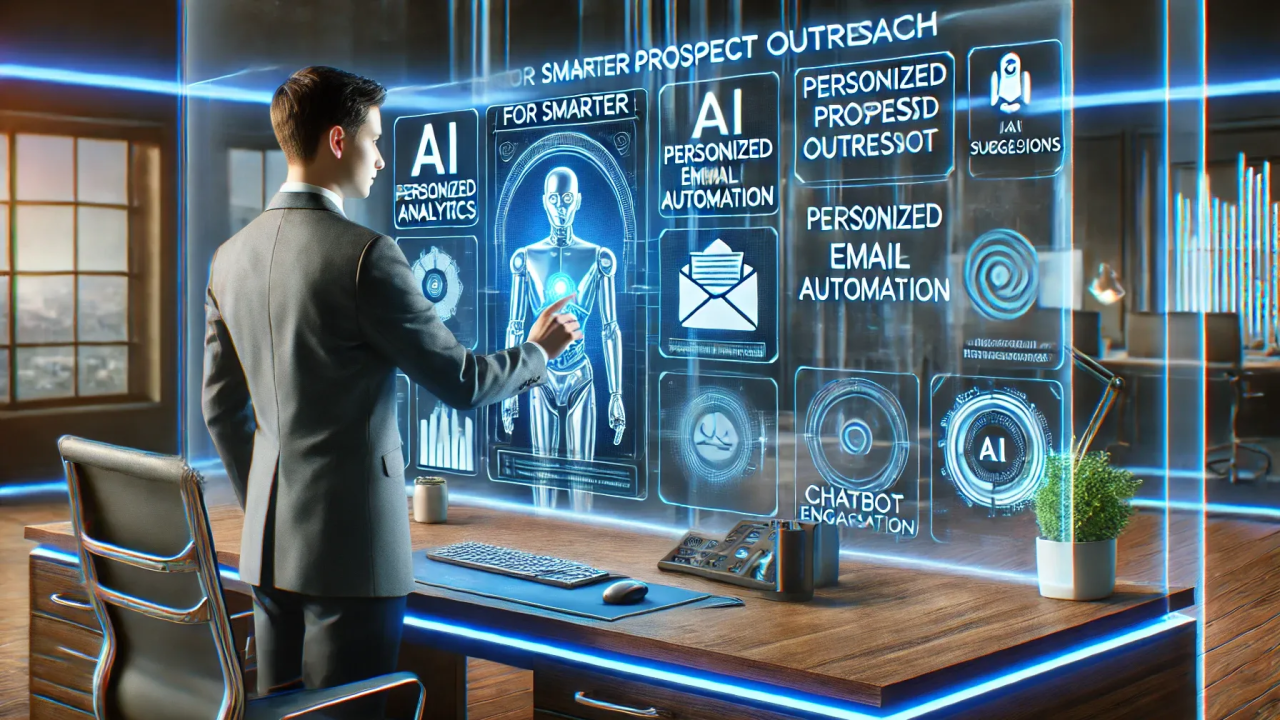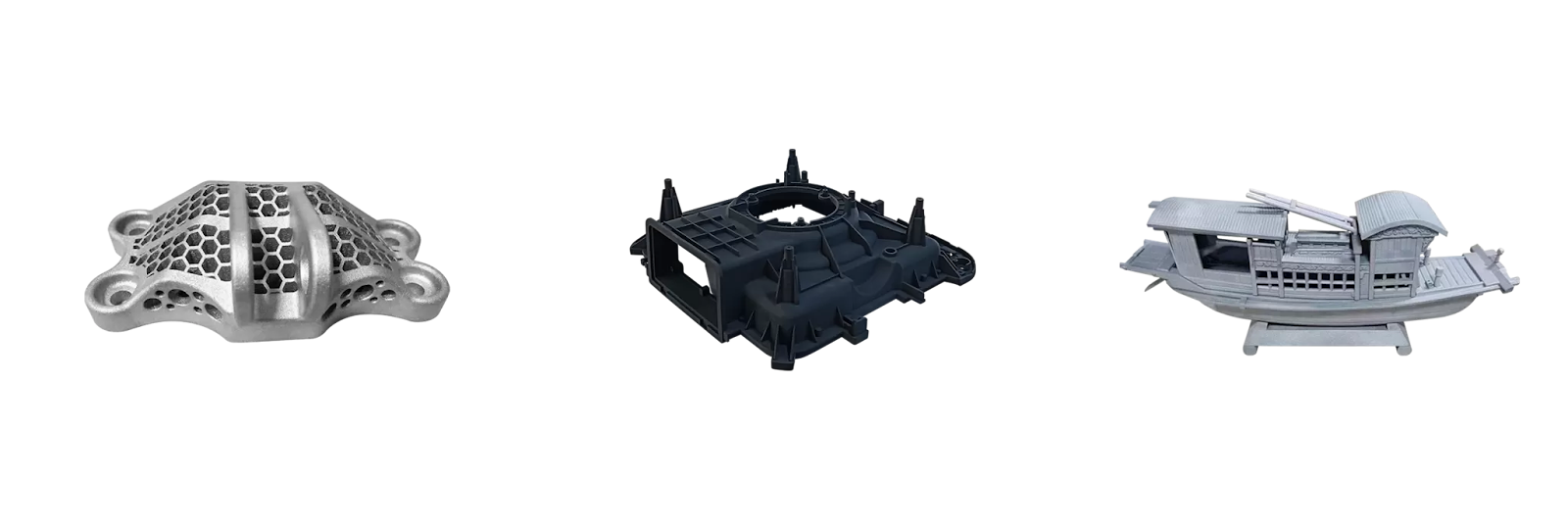LinkedIn has quickly become a go-to platform for sales development representatives (SDRs) looking to connect with prospects. It’s a treasure trove of business opportunities, but it’s also filled with competition. While automated messaging can streamline outreach, it’s easy for your efforts to come off as spammy and turn prospects away.
So how can you utilize AI SDR LinkedIn campaigns to boost your conversions without overwhelming your prospects with irrelevant or generic messages? In this blog, we’ll walk you through the steps of building AI SDR LinkedIn campaigns that are effective, non-intrusive, and provide value to your target audience.
The Importance of Personalization in AI SDR LinkedIn Campaigns
When it comes to LinkedIn outreach, personalization is key. Whether you’re using AI tools to automate your messaging or crafting messages manually, you want your communication to feel authentic. The challenge with many automated campaigns is that they come across as generic, irrelevant, and impersonal, resulting in low response rates and prospects ignoring your outreach altogether.
Pro Tip: Personalization doesn’t just mean adding a first name. It means tailoring the message to reflect the prospect’s job role, recent activities, company, or mutual connections.
Why Personalization Matters?
- Higher Engagement Rates
- Building Trust
- Avoiding Spam
After ensuring that your LinkedIn messages are personalized and well-targeted, the next step is to focus on the key strategies that will take your outreach to the next level.
Key Steps to Build a Successful AI SDR LinkedIn Campaign
When building AI SDR LinkedIn campaigns, it’s crucial to ensure your outreach is strategic and effective. By following these key steps, you can scale your LinkedIn efforts while maintaining personalization and avoiding spammy behavior.
1. Define Your Target Audience Clearly
Before jumping into sending out messages, it’s important to know who you’re reaching out to. The key to building a high-converting AI SDR LinkedIn campaign is ensuring your messages are being sent to the right people.
Create detailed buyer personas for your target audience. These should include their job titles, industries, challenges, and interests. The more data you have on your audience, the more relevant your outreach will be.
Example: For instance, if you’re selling a sales automation tool, targeting sales managers or VP-level executives at tech companies would be more effective than sending messages to random LinkedIn users.
2. Craft a Compelling and Non-Salesy Message
When crafting your message, the goal should be to start a conversation, not to make a hard sell. AI SDR LinkedIn campaigns work best when they focus on offering value and engaging in authentic discussions with prospects.
Key Message Components:
- Value Proposition: Make sure your message explains why the prospect should care. Briefly explain how your product or service can solve a problem they might be facing.
- Engagement: Instead of jumping straight into your pitch, ask an open-ended question that encourages dialogue.
- Clear Call to Action: What action do you want them to take? Whether it’s connecting, scheduling a call, or exploring your website, make sure your call to action is clear but not pushy.
Pro Tip: A message like, “Hi [Name], I noticed your recent post on [topic]. I thought you might be interested in learning how [product] can help with [specific challenge]. Would you be open to a brief chat?” is a far better approach than a cold, generic sales pitch.
3. Set Up an Automated Follow-Up System
One of the most effective ways to ensure your AI SDR LinkedIn campaigns convert is to set up a follow-up system. Many prospects won’t respond to your first message, and that’s completely normal. However, without a follow-up, your chances of conversion drop significantly.
Pro Tip: Use AI to schedule follow-up messages. These can be sent after a set number of days and can reference the initial message, making it feel like a continuation of the conversation.
For example:
- First Message: “Hi [Name], I saw your post about [topic]. I thought you might be interested in hearing how [product] could help with [specific problem].”
- Follow-Up (3 days later): “Hi [Name], just wanted to follow up on my last message. Have you had a chance to consider how [product] could benefit your team?”
4. Automate, But Keep It Human
The key to AI SDR LinkedIn campaigns is striking the right balance between automation and human touch. Too much automation can make your outreach feel robotic, while too little can limit your ability to scale.
Automate repetitive tasks, like sending connection requests or follow-ups, but allow room for personalized interactions. You can also set up AI to assist with prospect segmentation, ensuring that each lead gets the most relevant message.
5. Monitor and Adjust Based on Analytics
To ensure that your AI SDR LinkedIn campaigns continue to perform well, you’ll need to track their effectiveness. Regular monitoring helps you identify what’s working and where improvements are needed.
Key Metrics to Track:
- Connection Request Acceptance Rate: Are prospects accepting your connection requests?
- Response Rate: How many people are engaging with your message?
- Follow-Up Response Rate: Are follow-up messages getting better results?
Pro Tip: Use analytics to refine your outreach. A/B test different versions of your message to see which performs best, and continuously optimize based on the data.
Note: Tools like Valley AI provide real-time analytics that help track these metrics and provide insights into how to improve your AI SDR LinkedIn campaigns.
Wrapping It Up
Building AI SDR LinkedIn campaigns that drive conversions without spamming prospects takes strategy, personalization, and consistency. By carefully targeting the right prospects, crafting compelling messages, automating follow-ups, and continuously optimizing, you can create a highly effective campaign that scales.
If you’re ready to get started, explore how Valley AI can help streamline your LinkedIn outreach, make smarter automation work for your sales team, and improve your overall sales performance.
YOU MAY ALSO LIKE: How to Build Your First Offline TTS App with Smallest.ai











